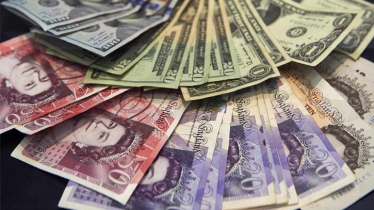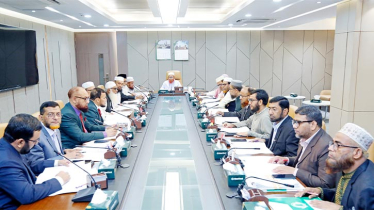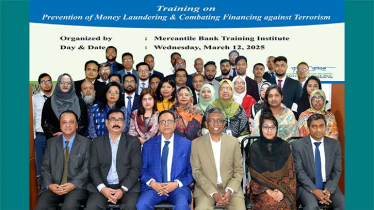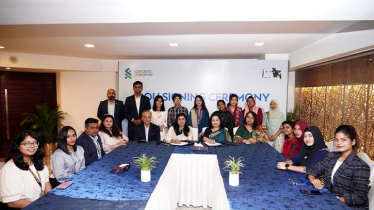
Photo : Messenger
It appears that Bangladesh's garment industry is strategically expanding its reach beyond traditional markets like the EU and USA, especially given economic pressures stemming from the Ukraine-Russia conflict. This expansion into non-traditional markets seems to be yielding positive results, with garment exports to these markets increasing.
In July-January of the 2024 fiscal year, Bangladesh earned $28.36 billion from non-traditional markets except for India, marking an 11.69 percent growth compared to the same period in the previous year, where exports to non-traditional markets totaled $27.41 billion.
Industry insiders believe Bangladesh's expansion into new markets is driven by a desire to secure a dominant position in the global apparel market, especially considering the various disruptions caused by events like wars and other commercial activities involving larger countries. By diversifying its business into new markets, Bangladesh aims to mitigate risks associated with dependency on traditional markets that may be affected by geopolitical or economic factors beyond its control.
“We are expanding our branding and expanding the business relationship in the new markets. Over the last couple of years, the EU and USA are involved with the war indirectly that impacted the trade globally. Our export has been decreased in the traditional markets,” Shahidullah Azim, Vice President of Bangladeshi Manufactures and Exporters Association (BGMEA) told the Daily Mesenger.
Data shows, among the non-traditional countries apparel export to Japan in July-January ‘24FY reached $1000.66 million, Australia $791.23 million, Russia $287 million, Korea Rep $378.21 million, China $220.20 UAE $251.57 million, Mexico $202.19 million, Malayasia $219.64 million, Saudi Arabia $189, Turkey $226.57 million, South Africa $78.39 million, New Zealand $91.28 million, Chile $108 million, Brazil $105.51 million and at the same period export to India has declined to $516.26 million from $660.64 million.
EPB said export to the new markets has increased remarkably. Apparel export to Japan grew by 8.74 percent, Australia 23 percent, Russia 26 percent, Korea Rep 17.57 percent, China 47.51, UAE 37.52 percent, Malayasia 12 percent, Saudi Arabia 50.37 percent, Turkey 63.11 percent, South Africa $2.18 percent, New Zealand 25.84 percent, Chile 17.56 percent, Brazil 12 percent and at the same period export to India has declined by 21.86 percent.
During the same period of last year, export to Japan recorded $920.26 million, Australia $643.27 million, Russia $227.76 million, Korea Rep $321.70 million, China $149.28 million, UAE $182.94 million, Mexico $213.17 million, Malayasia $196.03 million, Saudi Arabia $188.92 million, Turkey $226.57 million, South Africa $76.72 million, New Zealand $72.53 million, Chile $91.72 million, Brazil $94.21 million.
However, the entire export has grown riding the RMG. EPB data shows RMG fetched $28.36 billion, of this knitwear earned $16.17 billion and woven earned $12.18 billion in July-January ‘24 FY. At the same time of last year knit earned $14.96 billion and woven $12.45 billion.
Usually, Bangladesh export cotton-based products like T-shirt, sweater, blouse, underwear etc and denim.
Messenger/Fameema








